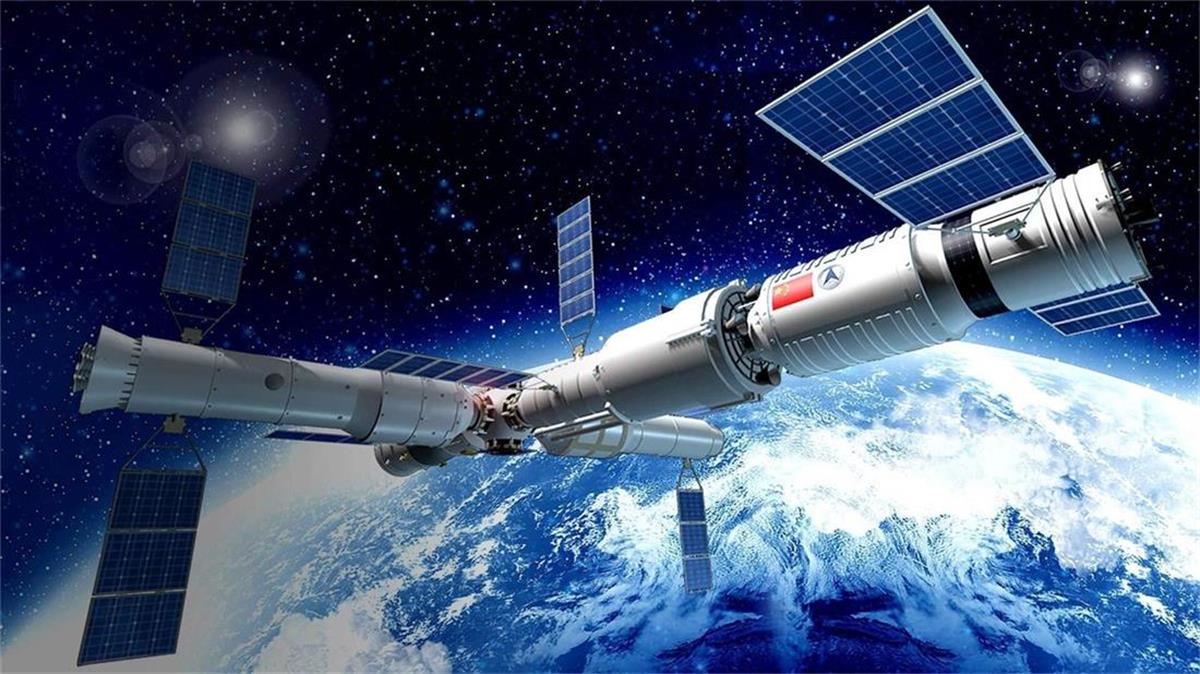Aerospace: How Electronic Chips Drive Modern Flight and Spacecraft
Every aerospace platform, whether a high-altitude drone or a deep-space probe, begins with a robust power subsystem. Power management ICs convert battery or solar-panel outputs into the voltages needed by processors and sensors, while monitoring temperature and load conditions. Advanced chips can survive dramatic temperature swings—from the heat of atmospheric reentry to the cold of low Earth orbit—using radiation-hardened designs that prevent single-event upsets.

Precision Navigation with Inertial and GPS Sensors
Navigation in aerospace relies heavily on inertial measurement units (IMUs) and GPS receiver chips. A radiation-tolerant IMU fuses gyroscope and accelerometer data to track attitude, while a dual-frequency GPS chip counters ionospheric delays for meter-level accuracy. Onboard processors then merge these inputs to maintain a stable flight path, executing course corrections in real time even when satellite signals fade during high-G maneuvers or planetary missions.
Avionics Processing: High-Reliability Microcontrollers
At the core of an aircraft’s avionics suite or a spacecraft’s command module is a microcontroller or microprocessor engineered for fail-safe operation. These devices integrate error-checking hardware, redundant execution cores, and watchdog timers that automatically reset systems in case of anomalies. In fighter jets, such MCUs process radar and sensor data at rates exceeding millions of operations per second, enabling adaptive flight controls and electronic warfare capabilities.
Communication Chips for Long-Range Links
From the cockpit radio to X-band transceivers on a lunar lander, aerospace communication ICs handle encrypted, low-latency data exchange across thousands of kilometers. Beamforming chips steer antenna patterns electronically, focusing signals toward Earth or other spacecraft without moving parts. This capability supports live telemetry, high-definition video feeds, and command uplinks even under strict regulatory and frequency-allocation constraints.
On-Board Data Handling and AI Acceleration
Modern missions embed digital signal processors (DSPs) and AI accelerators to process sensor data locally, reducing reliance on ground stations. A satellite observing weather patterns uses an onboard DSP to filter synthetic-aperture radar echoes, while an AI chip classifies cloud formations in real time. These edge-compute solutions minimize downlink bandwidth and enable rapid, autonomous instrument adjustments during critical mission phases.
Selecting Components: Balancing Weight, Power, and Reliability
Aerospace designers must juggle strict weight budgets, limited power availability, and the demands of safety certifications. High-efficiency power ICs reduce thermal loads, saving on cooling systems and overall mass. Radiation-hardened processors offer graceful degradation under cosmic rays, and highly integrated modules shrink PCB footprints. By comparing manufacturer reliability data, derating guidelines, and thermal derating curves, engineers optimize chip selection for each mission profile.
Future Directions in Aerospace Electronics
Looking ahead, silicon carbide (SiC) and gallium nitride (GaN) materials promise even more efficient power conversion stages, cutting system losses in half. Chipmakers are integrating photonic interfaces directly on silicon to enable terabit-per-second inter-satellite links. Onboard quantum processors under development may one day handle complex trajectory optimizations or secure communications with near-zero latency. As semiconductor technology advances, aerospace systems will grow ever more capable, compact, and resilient.









